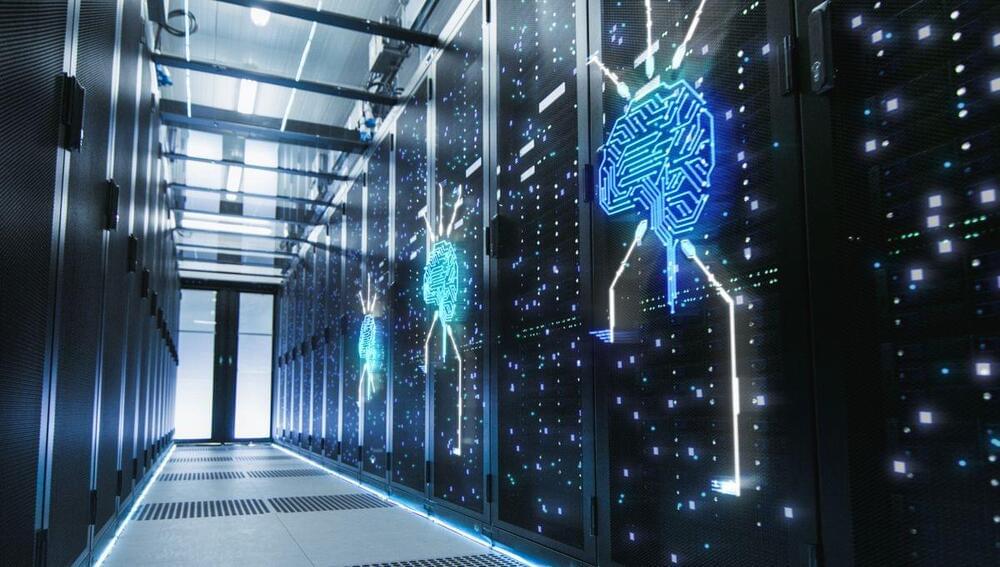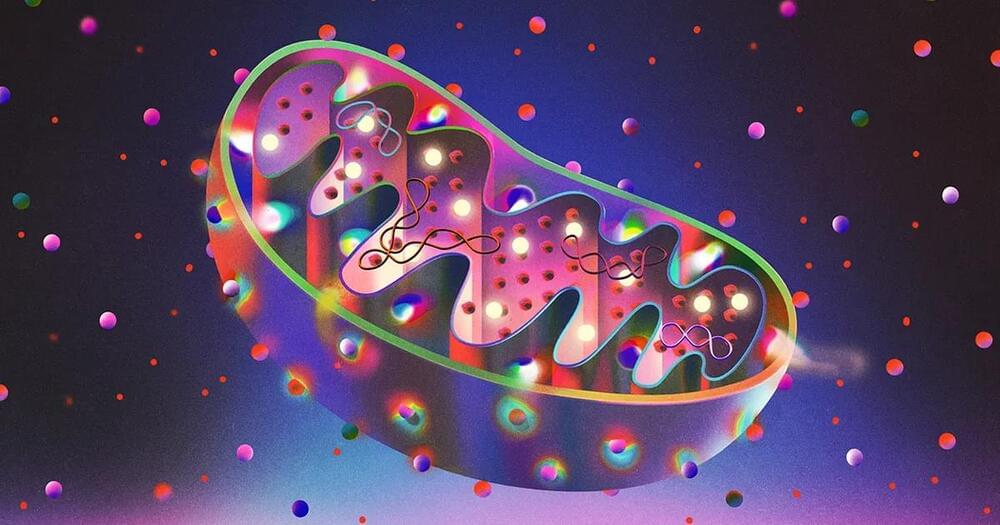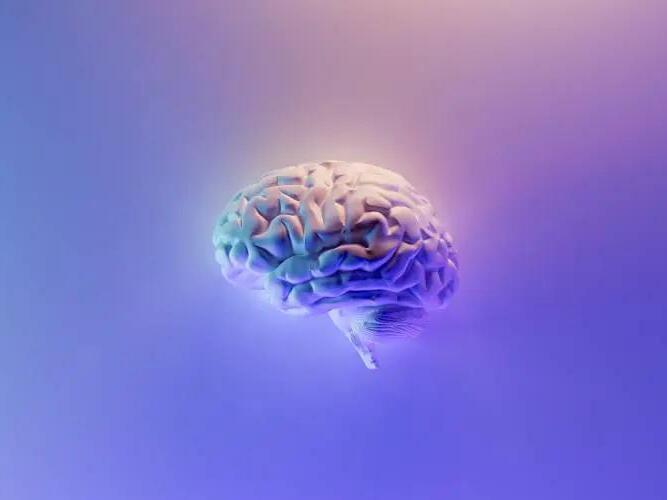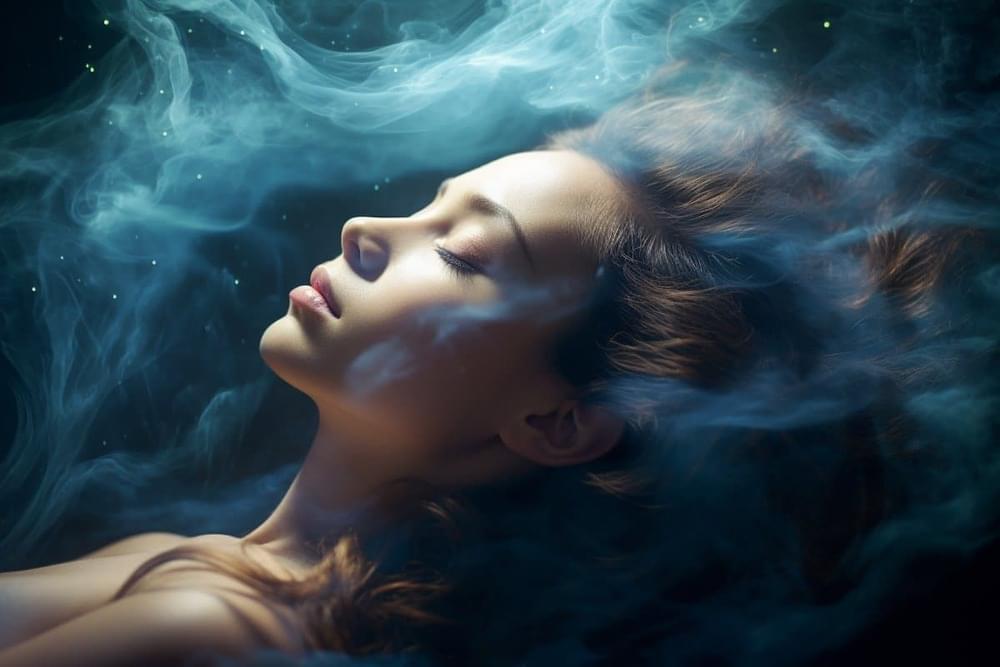DeepSouth should be operational in Spring 2024.




In this episode of the Smarter Not Harder Podcast, our guest Alex Rosenberg joins our host Boomer Anderson to give one-cent solutions to life’s $64,000 questions that include:\
\
What are the definitions of scientism and naturalism?\
Is there such a thing as free will, and if so, what implications does it have on the search for purpose in life?\
What is nice nihilism?\
\
Alex Rosenberg is an American philosopher and novelist. He is the R. Taylor Cole Professor of Philosophy at Duke University, and is well known for contributions in the philosophy of biology, as well as the philosophy of economics. He has also written several books, including \.

Analysis of human brain tissue reveals differences in how immune cells behave in brains with Alzheimer’s disease compared to healthy brains, indicating a potential new treatment target.
University of Washington-led research, published in August, discovered microglia in the brains of people with Alzheimer’s disease were in a pre-inflammatory state more frequently, making them less likely to be protective.
Microglia are immune cells that help keep our brains healthy by clearing waste and preserving normal brain function.

The study found a direct correlation between specific brain rhythms during sleep and the process of memory consolidation.
Summary: Researchers unveiled a critical link between breathing and memory consolidation during sleep. In an extensive study involving EEG and breathing analysis, they discovered that specific sleep-related brain rhythms are directly influenced by our breathing patterns.
These findings highlight the importance of respiration in reinforcing learned information while we sleep. This work could have significant implications for addressing age-related memory issues and sleep disorders.

George Mack is a writer, marketer and an entrepreneur. Thinking for yourself is one of the most important skills you can develop. However it’s hard. It’s a difficult task to overcome the boring, negative, irrational trends around you. Which is why you need some new tools in your mental models box. Expect to learn what the Keynsian Beauty Contest is, why memes are so influential in society today, which behaviours appear positive but actually harm you in disguise, what the forgetting paradox is, what the most useful emotional state is, why “ignorance is bliss” is a putdown in 2023 and much more…

“There are some people whose brains have been broken. To them our past is abominable and our future is one of managed decline. My message is simple. How Dare You!? You will not steal my son’s future with empty words”. Konstantin Kisin started day 2 of the ARC Conference 2023 with a bang. Konstantin Kisin is a Sunday Times bestselling author, satirist, social commentator, and creator and co-host of the free speech podcast TRIGGERnometry. In 2022, he published An Immigrant’s Love Letter to the West. @triggerpod Watch the talks as they are uploaded on our channel. Subscribe to the Channel to keep up-to-date with all the talks from the ARC Conference 2023. https://www.youtube.com/@arc_forum Find out more about the ARC here and subscribe the our newsletter for our latest updates: https://www.arcforum.
View show notes here: https://bit.ly/3GJjQKz Become a member to receive exclusive content: https://peterattiamd.com/subscribe/ Sign up to receive Peter’s email newsletter: https://peterattiamd.com/newsletter/ Colleen Cutcliffe is an expert in molecular biology and co-founder of Pendulum Therapeutics, a company working to develop treatments for a variety of diseases by targeting the microbiome. In this episode, Colleen delves into the complexity of the microbiome, how it is tested, and how it changes over time. She explores how probiotics, prebiotics, and postbiotics affect the gut and makes a compelling case that well-developed products have the potential not only to enhance gut health but also to positively influence overall metabolic well-being. Colleen emphasizes the significance of a high-fiber diet in sustaining a thriving gut microbiome, shares insights on minimizing microbiome damage during antibiotic use, provides tips for fostering and preserving a healthy gut, and much more. We discuss: 0:00:00 — Intro 0:00:34 — Colleen’s background and current focus 0:03:08 — The basics of the microbiome 0:12:37 — The study of the human microbiome 0:17:42 — Categories of bacteria, and the implications on health of the rapid evolution of bacteria 0:27:51 — Methods for measuring and understanding the microbiome, and key indicators of microbiome health 0:39:52 — The important role of fiber for promoting gut health through the production of butyrate 0:47:21 — The case for manipulating gut bacteria via fecal microbiota transplant (FMT) 0:53:25 — Dynamics of the microbiome: the gut-brain connection and how antibiotics, nutrition, stress, and more impact the microbiome’s diversity and function 0:59:16 — Factors that influence the vaginal microbiom 1:03:46 — The effect of gut microbes on obesity and challenges with fecal transplants in people 1:06:25 — Beneficial strains of gut bacteria and strains commonly found in probiotics 1:16:35 — The difference between a probiotic and prebiotic, and how CFUs are a measure of the “active ingredient” 1:21:47 — Considerations about how probiotic strains are produced, and more on the meaning of CFU 1:31:12 — Mitigating the effect of antibiotics on the microbiome 1:39:58 — What do we know about the effect of artificial sweeteners on the gut microbiome? 1:47:02 — Why Akkermansia is a keystone strain with implications for metabolic health and an individual’s response to dietary interventions 1:58:14 — The essential steps necessary to develop a robust probiotic for optimal health support 2:01:45 — How Akkermansia helps control blood glucose, and potential implications of Akkermansia in weight loss, diabetes management, and more 2:22:46 — Pendulum Therapeutics’ commitment to rigorous product develop 2:29:54 — Details about the probiotic “Glucose Control” and other probiotics developed by Pendulum Therapeutics 2:38:43 — Further studies of Akkermansia that have been proposed or are underway ——– About: The Peter Attia Drive is a deep-dive podcast focusing on maximizing longevity, and all that goes into that from physical to cognitive to emotional health. With over 70 million episodes downloaded, it features topics including exercise, nutritional biochemistry, cardiovascular disease, Alzheimer’s disease, cancer, mental health, and much more. Peter Attia is the founder of Early Medical, a medical practice that applies the principles of Medicine 3.0 to patients with the goal of lengthening their lifespan and simultaneously improving their healthspan.